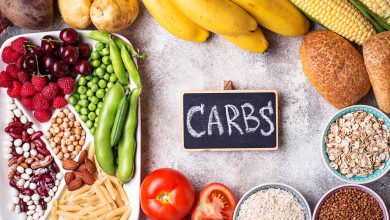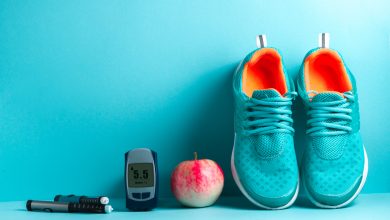Diabetes Management: Creating the Right Diet Plan

For diabetic patients, blood sugar management is the key to wellness and to avoid any potential health complications. One of the most effective means of managing blood sugar is through a healthy diet. To ensure you are eating healthy and have stable blood glucose, you must create a diet plan to follow.
The right diabetes meal plan will ensure you get your daily nutritional requirements, maintain a healthy weight, and keep track of the calories and carbs you consume. There is no one-size-fits-all diet plan for everyone. You will have to make adjustments with the help of your dietician or doctor to create one that is right for you.
However, once you have a clear idea of how to create a diabetes plan, you will be able to make adjustments easily.
Foods Recommended for Blood Sugar Management
Typically, the diet of diabetes patients includes three meals in a day consumed at regular times. Eating your meals at the same time every day enables your body to utilize the produced insulin more effectively.
The one thing to keep in mind is to keep track of the calories you consume. Here are the recommended foods for people with diabetes that can help with their blood sugar management:
Carbohydrates
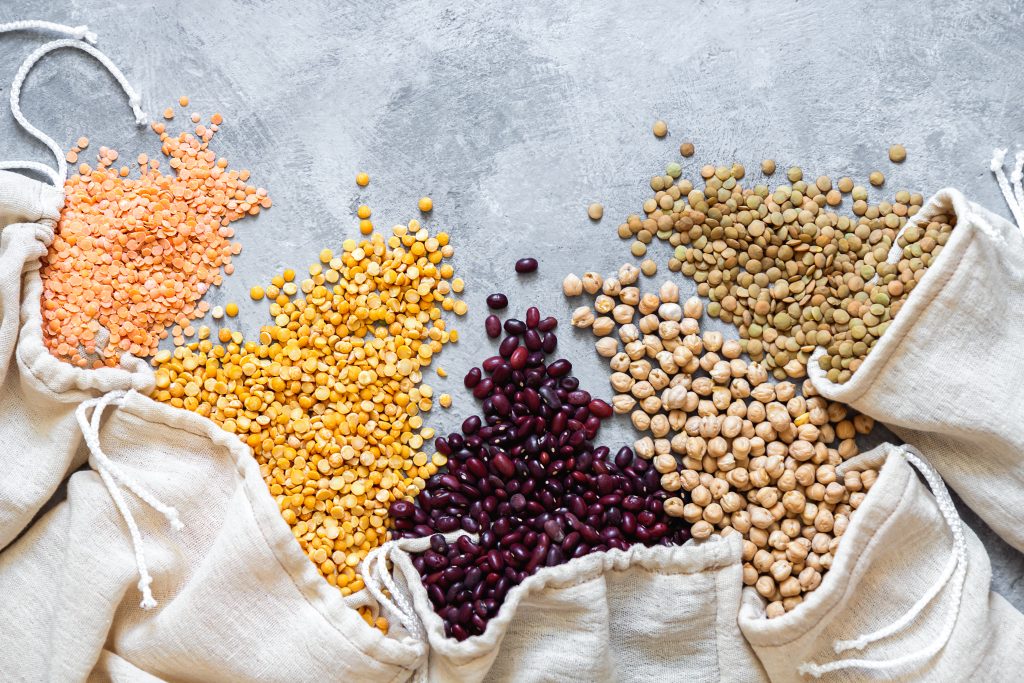
During the process of digestion, starches (complex carbs), and sugars (simple carbs) are broken down into blood glucose. To maintain a stable level of blood sugar, opt for healthy carbohydrates, including:
- Low-fat dairy products
- Legumes
- Whole grains
- Vegetables
- Fruits
Avoid other carbs, like drinks and foods with added sodium, sugars, and fats.
Fiber
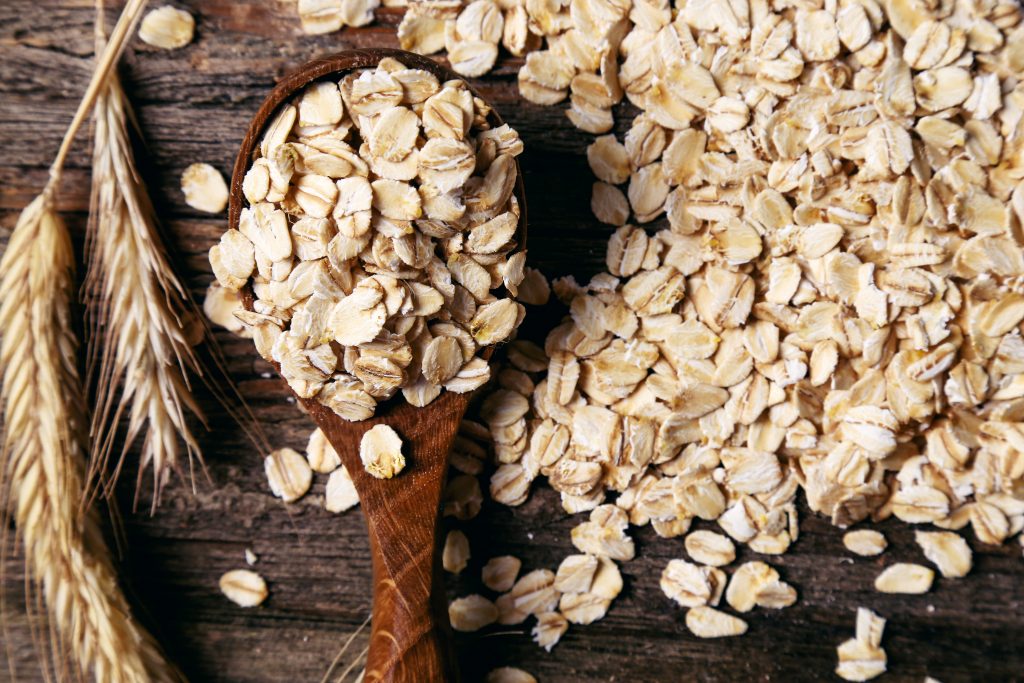
Fiber-rich foods are highly beneficial for blood sugar management. Fiber helps balance the way your body digests food and maintain stable blood glucose levels. The following foods are high in fiber:
- Whole grains
- Legumes
- Nuts
- Fruits
- Vegetables
Fish

Your diet should also include different types of fishes that are heart-healthy. Opt for fishes like sardines, tuna, mackerel, and salmon as they are loaded with omega-3.
Omega-3 fatty acids protect your blood vessels, reduce inflammation, and improve the overall health of diabetic patients.
Be sure to stay away from fried fish and the fishes that contain higher levels of mercury, like king mackerel.
Good Fats
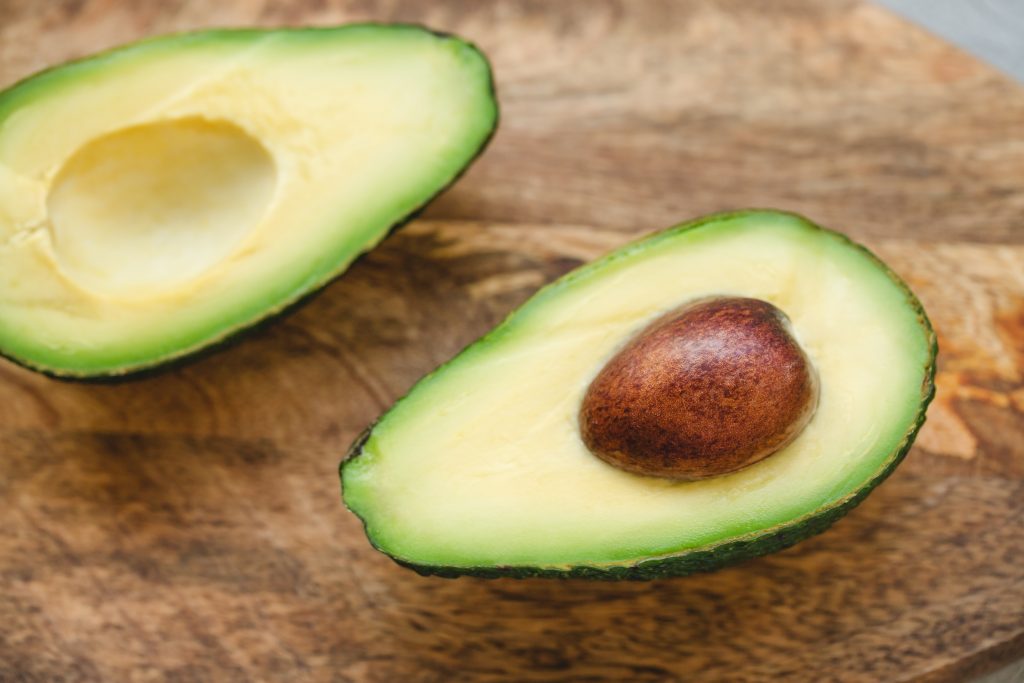
Healthy fats are crucial for your overall wellness. Foods that include polyunsaturated and monounsaturated fats assist lower cholesterol levels. Try adding the following into your diet plan:
- Peanut, olive, and canola oils
- Nuts
- Avocados
Be sure to limit fats though, as consuming high amounts of fat can lead to weight gain.
Meal Planning Strategies for Diabetes
Following are some of the most effective strategies to create the right diet plan for diabetic patients:
Weight Management
Studies have found a relationship between obesity and diabetes, affecting blood sugar levels. Many individuals with diabetes have been recommended to lose weight or avoid weight gain to live a healthy life. Therefore, weight management must be a major consideration when creating a diet plan.
Focus on counting the calories of the meals to maintain a healthy weight. Start by determining your daily calorie requirement. The number of calories you need every day will be dependent on the following factors:
- Height and weight
- Sex
- Physical activities
- Targets for blood sugar management
- Goals for maintaining, gaining, or losing weight
- Usage of medications, including insulin
Counting calories is a good way of maintaining weight. However, it is not the only way as it depends on the type of dietary approach you opt for. For instance, the DASH diet.
The DASH (Dietary Approaches to Stop Hypertension) diet aims to enhance the blood pressure levels and mainly focus on the consumption of whole grains, vegetables, fruits, etc., and avoid processed carbs, red meats, sugars, added salts. Studies have found that the DASH diet can help with weight management and weight loss as well.
Plate Technique
The plate technique is an effective way of getting the right nutrition for everyone. It utilizes a standard 9-inch plate image to assist individuals who are seeking the right nutritional balance for every meal.
According to the Centers for Disease Control and Prevention (CDC), you should fill the plate as follows:
- Half of the plate should include nonstarchy vegetables.
- A quarter of the plate should be filled with lean protein, like turkey, fatless or skinless chicken, fish, tofu, or lentils.
- The other quarter of the plate should include high-fiber carbs like legumes or whole grains.
For individuals who need a higher amount of carbs, you can include:
- One glass of milk (1%)
- One fruit or a small bowl of fruit salad
It is best to consult your doctor to determine the right amount of nutrition you need every day to adjust the plate method.
Carbohydrate Control
A good way of blood sugar management is to control the intake of carbs – the amount, and how to spread it through all the meals. The standard intake of carbs is not recommended for individuals with diabetes since everyone has a different requirement.
Moreover, the type of carbs you consume also has an impact on your blood sugar levels. Consult with your doctor to determine the recommended carbs amount for your diet plan.
Click here to read our blog post, Blood Sugar Management with Carb Control.
Glycemic Index
The Glycemic Index (GI) score ranks the foods based on how they impact the blood sugar levels. Therefore, considering the GI score of all the foods you consume is another thing to consider when creating a diet plan.
Avoid foods with a high score of GI as they rapidly increase the blood sugar levels, including white rice, candies, white bread etc., and opt instead for the foods with a low score, including whole oats, sweet potatoes, whole-wheat bread, etc.
The recommended foods and strategies can help you to create a diet plan to manage your blood sugar levels and live a full life with diabetes. Make sure you consult your doctor before changing your diet plan to avoid any health issues. Don’t forget to check out our Hydrate and Regulate Blood Sugar EBook, click here for a FREE download!
References
- https://www.jabfm.org/content/25/1/16.full
- https://www.ncbi.nlm.nih.gov/pubmed/26829184
- https://www.ncbi.nlm.nih.gov/pubmed/20071644
- https://www.ijcmr.com/uploads/7/7/4/6/77464738/ijcmr_1592.pdf
- https://onlinelibrary.wiley.com/doi/abs/10.1111/liv.12990
- https://www.cdc.gov/diabetes/managing/eat-well.html
- https://www.niddk.nih.gov/health-information/diabetes/overview/diet-eating-physical-activity/carbohydrate-counting
- https://medlineplus.gov/ency/patientinstructions/000941.htm



